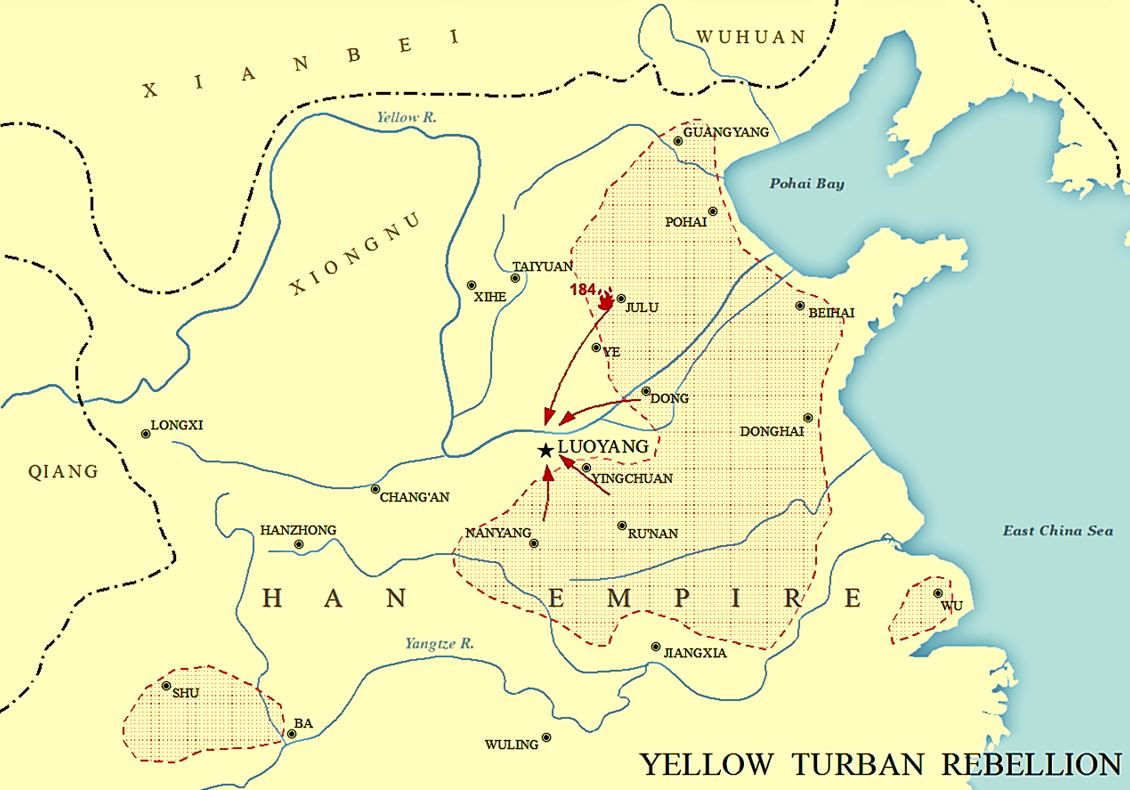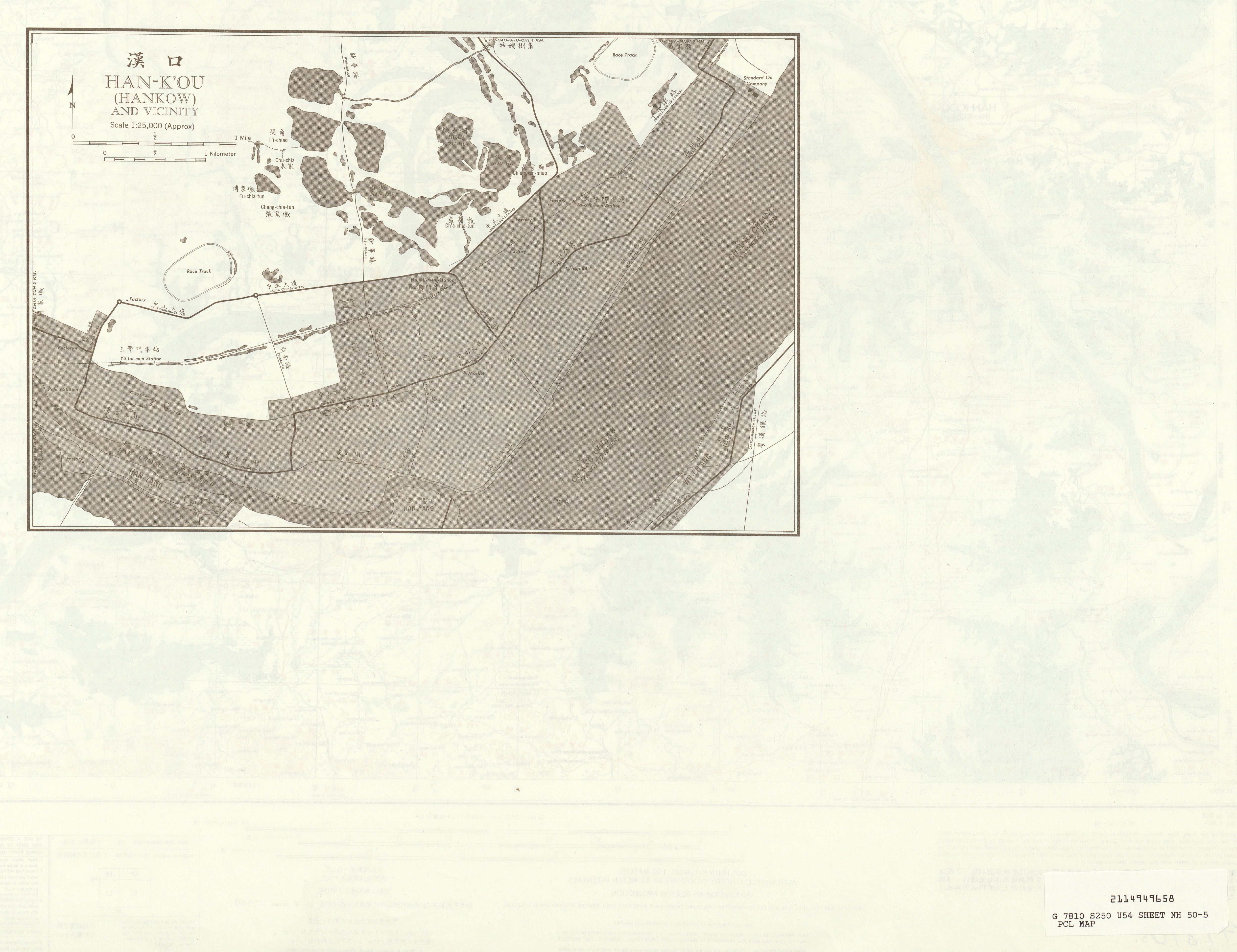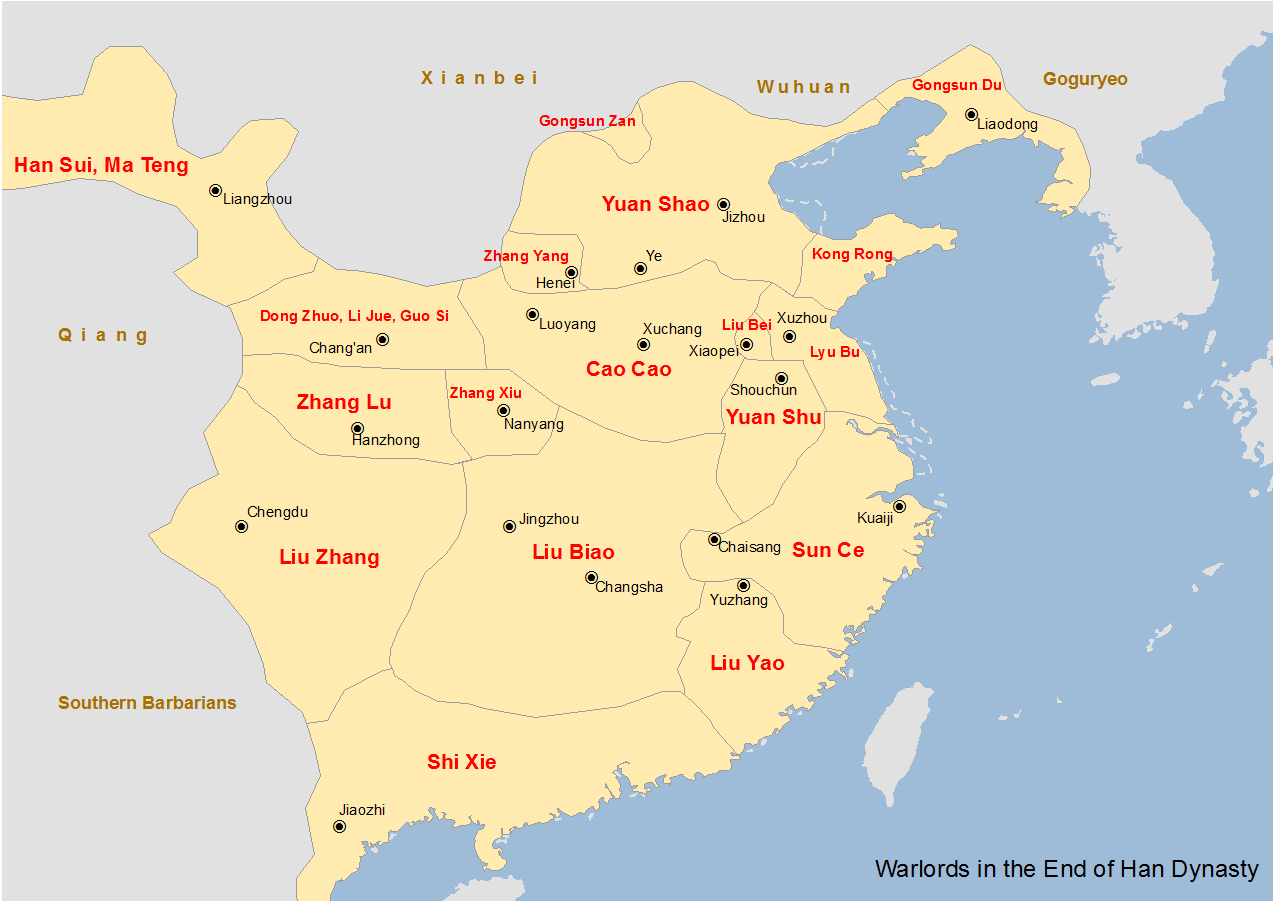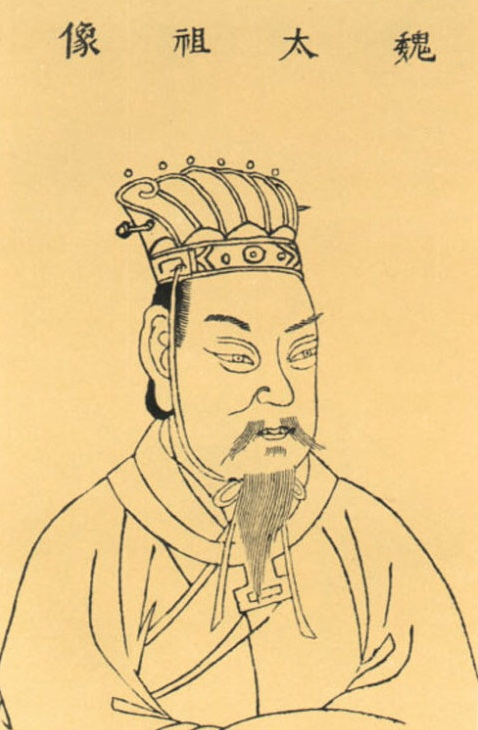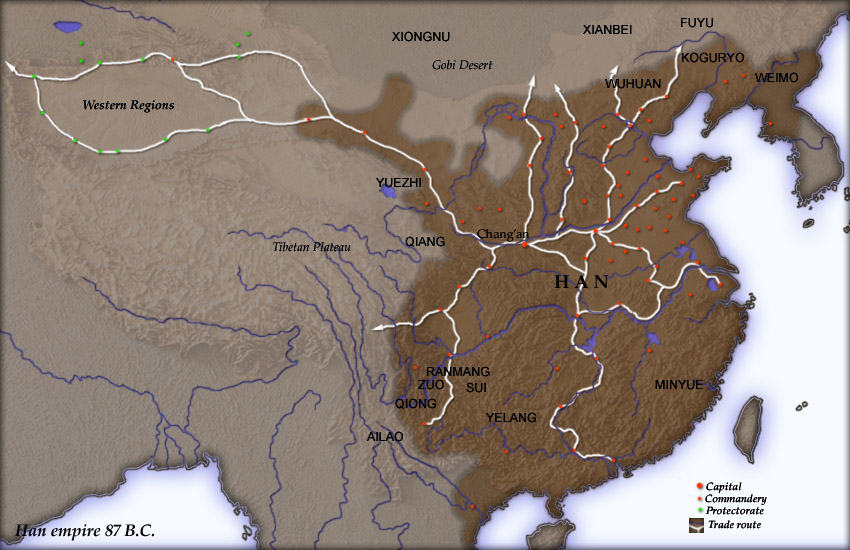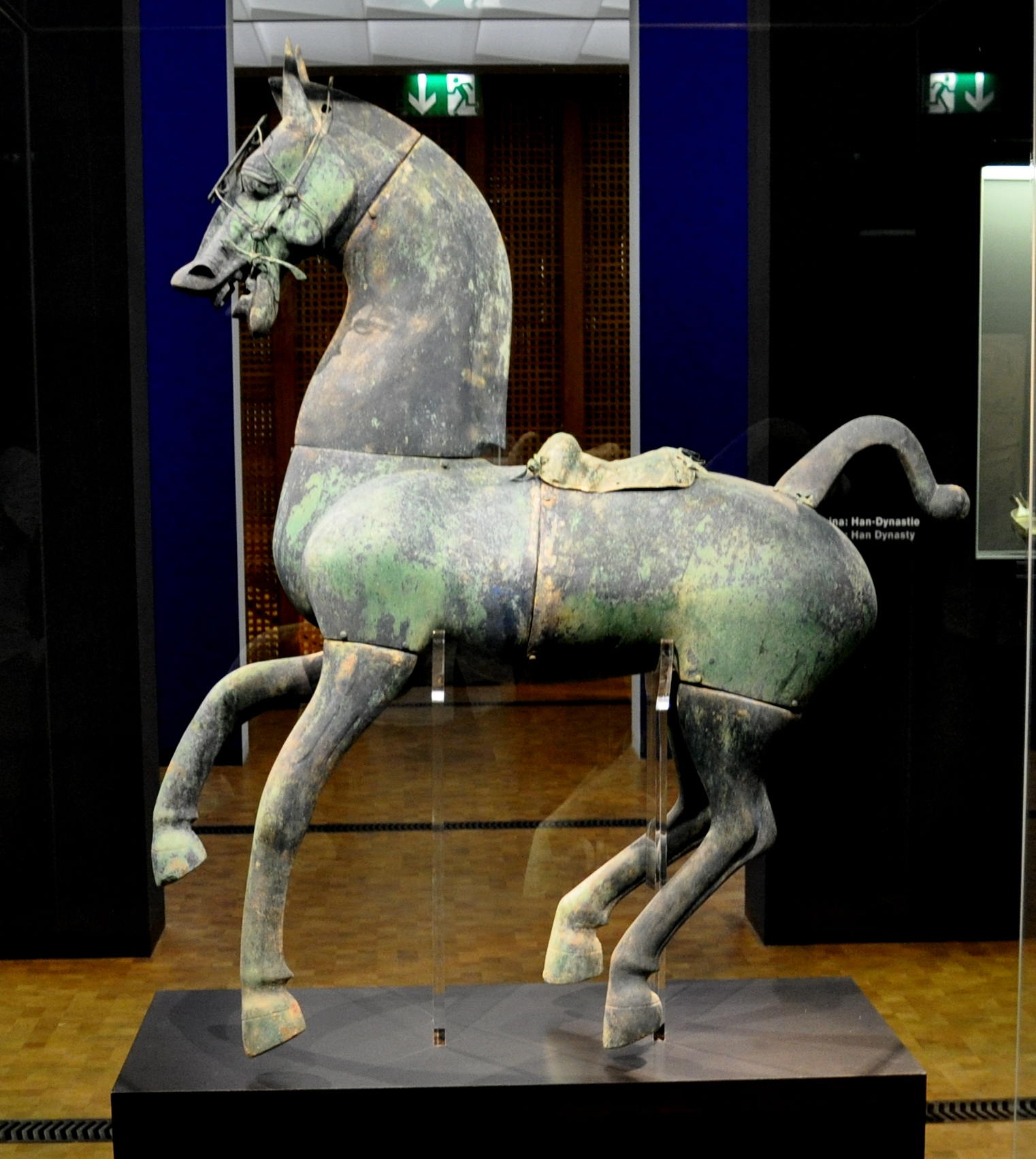|
Battle Of Red Cliffs
The Battle of Red Cliffs, also known as the Battle of Chibi, was a decisive naval battle in China that took place during the winter of AD 208ŌĆō209. It was fought on the Yangtze River between the forces of warlords controlling different parts of the country during the end of the Han dynasty. The allied forces of Sun Quan, Liu Bei, and Liu Qi (Liu Biao's son), Liu Qi based south of the Yangtze defeated the numerically superior forces of the northern warlord Cao Cao. By doing so, Liu Bei and Sun Quan prevented Cao Cao from conquering any lands south of the Yangtze, frustrating Cao Cao's efforts to reunify the territories formerly held by the Eastern Han dynasty. The allied victory at Red Cliffs ensured the survival of Liu Bei and Sun Quan and left them in control of the Yangtze, establishing defensible frontiers that would later serve as the basis for the states of Shu Han and Eastern Wu during the Three Kingdoms period (220ŌĆō280). Historians have arrived at different conclusi ... [...More Info...] [...Related Items...] OR: [Wikipedia] [Google] [Baidu] |
End Of The Han Dynasty
The end of the (Eastern) Han dynasty was the period of History of China, Chinese history from 189 to 220 CE, roughly coinciding with the tumultuous reign of the Han dynasty's last ruler, Emperor Xian of Han, Emperor Xian. It was followed by the Three Kingdoms era (220ŌĆō280 CE). During the end of the Han dynasty, the country was thrown into turmoil by the Yellow Turban Rebellion (184ŌĆō205). Meanwhile, the Han Empire's institutions were destroyed by the warlord Dong Zhuo and fractured into regional regimes ruled by various warlords, some of whom were nobles and officials of the Han imperial court. The warlord Cao Cao took control of Emperor Xian and his court in 196 and began gradually reunifying the empire. Cao Cao ostensibly operated under Emperor Xian's rule, though in reality the emperor was a hostage. Cao Cao's efforts to reunify China were rebuffed at the Battle of Red Cliffs in 208-209, when his armies were defeated by the allied forces of Sun Quan and Liu Bei. The Han d ... [...More Info...] [...Related Items...] OR: [Wikipedia] [Google] [Baidu] |
Yueyang
Yueyang, formerly known as Yuezhou or Yochow, is a prefecture-level city on the eastern shores of Dongting Lake and the Yangtze river in the northeastern corner of Hunan Province in the People's Republic of China. Yueyang has an administrative area of and the city proper, . The population was 5,051,922 at the 2020 Chinese census whom 1,134,058 lived in the built-up (or metro) area made up of Yueyanglou District and Yunxi District, Junshan District not being conurbated. Yueyang is the only international trade port city in Hunan and a famous port city in China, at the same time, Yueyang's comprehensive economic strength ranks of Hunan second only to Changsha, the provincial capital. The city's most famous attractions are the Yueyang Tower and Dongting Lake. The most famous food is Dongting lake silver fish (). In 2021, the city's permanent resident population was 5,051,922, a decrease of 424,162 from the end of last year. Administration The Yueyang prefecture is made up o ... [...More Info...] [...Related Items...] OR: [Wikipedia] [Google] [Baidu] |
Hankou District
Hankou, Chinese postal romanization, alternately romanized as Hankow (), was one of the three towns (the other two were Wuchang, Wuhan, Wuchang and Hanyang, Wuhan, Hanyang) merged to become modern-day Wuhan city, the capital of the Hubei province, China. It stands north of the Han River (Hanshui), Han and Yangtze Rivers where the Han flows into the Yangtze. Hankou is connected by bridges to its triplet sister towns Hanyang (between Han and Yangtze) and Wuchang (on the southern side of the Yangtze). Hankou is the main port of Hubei, Hubei Province and the single largest port in the middle reaches of Yangtze. History The city's name literally means "river mouth, Mouth of the Han", from its position at the confluence of the Han River (Shaanxi and Hubei), Han with the Yangtze River. The name appears in a Tang dynasty poem by Liu Zhangqing. Other historical names for the city include Xiakou (), Miankou (), and Lukou (). Hankou, from the Ming dynasty, Ming to late Qing dynasty, Qi ... [...More Info...] [...Related Items...] OR: [Wikipedia] [Google] [Baidu] |
Han River (Hubei And Shaanxi)
The Han River, also known by its Chinese names Hanshui and Hanjiang, is a major river in Central China. A left tributary of the Yangtze, the longest river in Asia, it has a length of and is the longest tributary of the Yangtze system. The river gave its name to the ancient Chinese Han dynasty, which marked one of ancient China's first golden ages and through it, to the Han Chinese, the dominant ethnic group in modern China and the most populous ethnic group in the world. It is also the namesake of the city of Hanzhong on its upper course. Geography The headwaters of the Han flow from Mount Bozhong in southwestern Shaanxi. The stream then travels east across the southern part of that province. Its highland valleyŌĆöknown as the Qinba LaolinŌĆödivides and is protected by the Qinling or Qin Mountains to its north and the Dabashan or Daba Mountains to its south. The main cities are Hanzhong in the west and Ankang in the east. It then enters Hubei. It crosses most of Hubei from th ... [...More Info...] [...Related Items...] OR: [Wikipedia] [Google] [Baidu] |
Liu Biao
Liu Biao () () ( 151 ŌĆō September 208), courtesy name Jingsheng, was a Chinese military general, politician, and warlord who lived in the late Eastern Han dynasty of China. He is best known for serving as the governor of Jing Province (covering present-day Hubei and Hunan) from 192 until his death in 208. He was also a member of the extended family of the Han emperors through his ancestor Liu Yu, the fifth son of Emperor Jing. Liu Biao was described as a handsome man and was over eight '' chi'' tall (1.86 metres). Life In 166 to 167, when Liu Biao was 17 (by East Asian reckoning), he became a student of Wang Chang (grandfather of Wang Can). At the time, Wang Chang was Administrator of Nanyang (ÕŹŚķś│Õż¬Õ«ł). Liu Biao gained control of Jing Province (covering present-day Hubei and Hunan) in 190 CE, when Dong Zhuo appointed him to the position after the death of its previous governor (or inspector), Wang Rui. Liu Biao later started a war against the warlord Yuan Shu and his ... [...More Info...] [...Related Items...] OR: [Wikipedia] [Google] [Baidu] |
Jingzhou
Jingzhou ( zh, s=, c=ĶŹåÕĘ×, t=, p=J─½ngzh┼Źu) is a prefecture-level city in southern Hubei province, China, located on the banks of the Yangtze River. Its total residential population was 5,231,180 based on the Seventh National Population Census of the People's Republic of China, 2020 census, 1,068,291 of whom resided in the built-up (''or metro'') area comprising two urban District (China), districts. Jingzhou's central urban area has grown out of Shashi City and Jingzhou Town (historically also known as Jiangling); their names were preserved in the names of Shashi District and Jingzhou District, which include the city's historical center, as well as Jiangling County, which administers the suburban areas of the larger historical area of Jiangling. The name "Shashi" also remains in the names of a number of local facilities, such as Jingzhou Shashi Airport and a railway freight station. Toponymy The contemporary city of Jingzhou is named after Jingzhou (ancient China), ancient ... [...More Info...] [...Related Items...] OR: [Wikipedia] [Google] [Baidu] |
Chancellor (China)
The grand chancellor (, among other titles), also translated as counselor-in-chief, chancellor, chief councillor, chief minister, imperial chancellor, lieutenant chancellor and prime minister, was the highest-ranking executive official in the imperial Chinese government. The term was known by many different names throughout Chinese history, and the exact extent of the powers associated with the position fluctuated greatly, even during a particular dynasty. Professor Zhu Zongbin of Peking University outlined the role of "grand chancellor" as one with the power to oversee all jurisdictional matters, the right to decide and to draft edicts with other ministers, and the position of chief advisor to the emperor. This extended even to the ability to criticize the emperor's edicts and decisions. Thus, the grand chancellor served as the emperor's chief of staff and main political advisor, often exercising power second only to the emperor. In practice, the grand chancellor was often a ... [...More Info...] [...Related Items...] OR: [Wikipedia] [Google] [Baidu] |
Battle Of White Wolf Mountain
The Battle of White Wolf Mountain was fought in 207 in the late Eastern Han dynasty of China, preceding the Three Kingdoms period. The battle took place in northern China, beyond the frontiers of the ruling Eastern Han dynasty. It was fought between the warlord Cao Cao and the nomadic Wuhuan tribes, who were allied with Cao Cao's rivals Yuan Shang and Yuan Xi. The victory attained by Cao Cao dashed the hopes of a Wuhuan dominion, and the Wuhuan eventually became weakened, lost importance, and were gradually absorbed into the Han population or the Xianbei tribes. Background The northern warlord Yuan Shao had maintained good relations with the Wuhuan beyond Han borders during his campaign against rival warlord Gongsun Zan, their common enemy, in the 190s. Yuan Shao gave the chieftains of his Wuhuan allies seals and insignia as chanyus after the final destruction of Gongsun Zan at the Battle of Yijing, and reinforced the alliance by marrying the daughters of his subordinates ... [...More Info...] [...Related Items...] OR: [Wikipedia] [Google] [Baidu] |
Wuhuan
The Wuhuan (, < Eastern Han Chinese: *''╩ö╔æ-╔Żu╔æn'', < (c. 78 BCE): *''╩ö├ó-w├ón'' < *''Awar'') were a Proto-MongolicPulleyblank, Edwin G. (1983). "The Chinese and Their Neighbors in Prehistoric and Early Historic China," in The Origins of Chinese Civilization, University of California Press p. 452 of pp. 411ŌĆō466. or |
North China Plain
The North China Plain () is a large-scale downfaulted rift basin formed in the late Paleogene and Neogene and then modified by the deposits of the Yellow River. It is the largest alluvial plain of China. The plain is bordered to the north by the Yanshan Mountains, to the west by the Taihang Mountains, to the south by the Dabie Mountains, and to the east by the Yellow Sea and Bohai Sea. The Yellow River flows through the plain, before its waters empty into the Bohai Sea. The part of the North China Plain around the banks of the middle and lower Yellow River is commonly referred to as the Central Plain (). This portion of the North China Plain formed the cradle of Chinese civilization, and is the region from which the Han Chinese people emerged. ... [...More Info...] [...Related Items...] OR: [Wikipedia] [Google] [Baidu] |
End Of The Han Dynasty
The end of the (Eastern) Han dynasty was the period of History of China, Chinese history from 189 to 220 CE, roughly coinciding with the tumultuous reign of the Han dynasty's last ruler, Emperor Xian of Han, Emperor Xian. It was followed by the Three Kingdoms era (220ŌĆō280 CE). During the end of the Han dynasty, the country was thrown into turmoil by the Yellow Turban Rebellion (184ŌĆō205). Meanwhile, the Han Empire's institutions were destroyed by the warlord Dong Zhuo and fractured into regional regimes ruled by various warlords, some of whom were nobles and officials of the Han imperial court. The warlord Cao Cao took control of Emperor Xian and his court in 196 and began gradually reunifying the empire. Cao Cao ostensibly operated under Emperor Xian's rule, though in reality the emperor was a hostage. Cao Cao's efforts to reunify China were rebuffed at the Battle of Red Cliffs in 208-209, when his armies were defeated by the allied forces of Sun Quan and Liu Bei. The Han d ... [...More Info...] [...Related Items...] OR: [Wikipedia] [Google] [Baidu] |
Battle Of Guandu
The Battle of Guandu was fought between the warlords Cao Cao and Yuan Shao in 200 AD in the late Eastern Han dynasty. Cao Cao's decisive victory against Yuan Shao's numerically superior forces marked the turning point in their war. The victory was also the point at which Cao Cao became the dominant power in northern China, leading to the establishment of the state of Cao Wei in the Three Kingdoms period. Background The inevitability of military conflict between Cao Cao and Yuan Shao had become apparent by 196. Yuan Shao held control of the lands north of the Yellow River, namely the Hebei region, while Cao Cao controlled most of the lands south of the Yellow River after he defeated L├╝ Bu at the Battle of Xiapi in 199 and kept Emperor Xian with him in the new capital city of Xu. The warlords saw each other as the obvious impediment to their individual ambitions to conquer and rule China. Some years before the battle, Yuan Shao's advisors Ju Shou and Tian Feng warned that ... [...More Info...] [...Related Items...] OR: [Wikipedia] [Google] [Baidu] |
